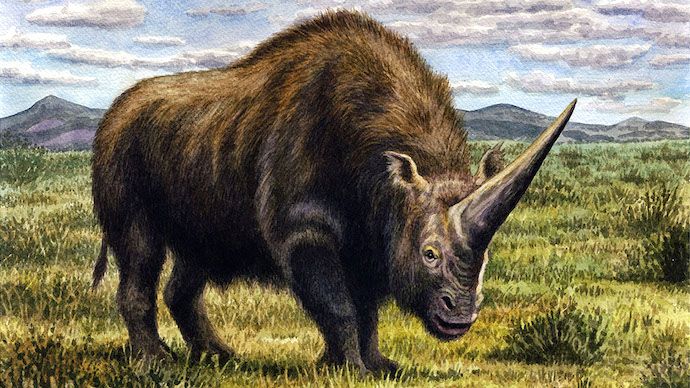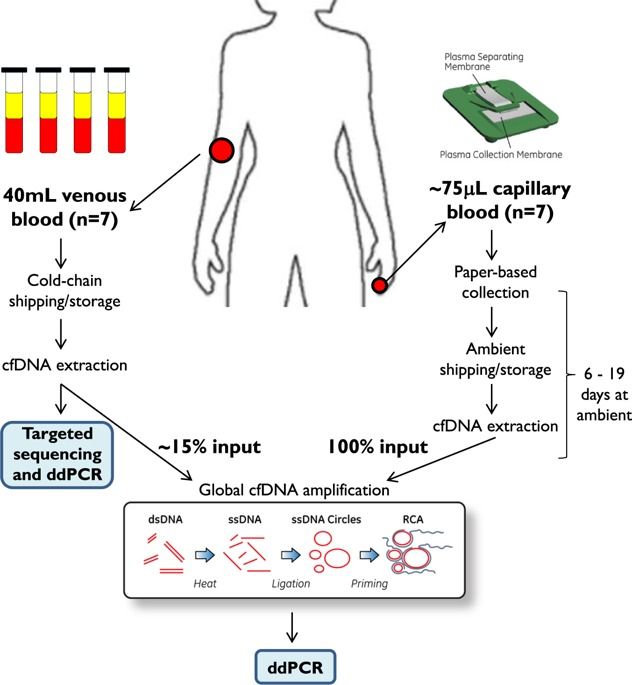
I don’t have time to find my collection of relevant maps but if I’m correct and, present day plate tectonics are going in the opposite direction than commonly understood version of Pangea then, increased global temperatures are melting ice and exacerbating movement along the main lines of separation — from the Eurasian plate (most solid) moving apart down both sides of India, along the Eastern coast of Africa and, perhaps all the way through to Antarctica, where significant ice melt has been detected underneath.
Instruments picked up the seismic waves more than 10,000 miles away—but bizarrely, nobody felt them.
Read more
















